The Total Fertility Rate In Country A Was 6.8
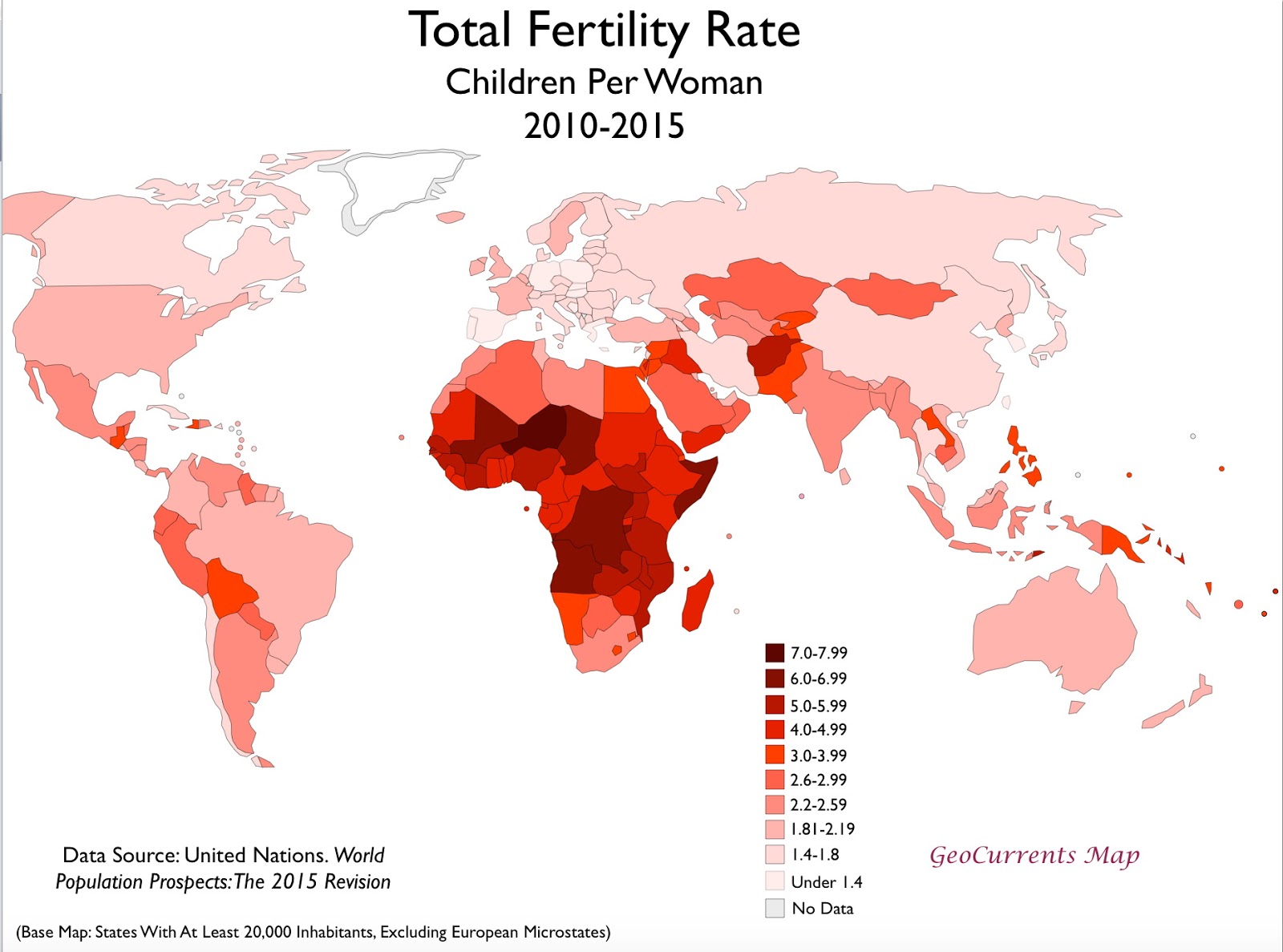
A demographic storm is brewing in Country A. The nation's total fertility rate (TFR) has reached a staggering 6.8 births per woman. This figure dwarfs the global average of around 2.3 and presents a complex web of challenges and potential opportunities.
The implications of this exceptionally high fertility rate are far-reaching. It touches upon the nation's economy, healthcare system, education infrastructure, and social fabric. Understanding the root causes, managing the present pressures, and planning for the future are now paramount for Country A's leaders and citizens alike.
Understanding the Fertility Rate
The Total Fertility Rate (TFR) represents the average number of children a woman would have if she lived to the end of her reproductive life and bore children in accordance with age-specific fertility rates of the specified year. A TFR of 2.1 is generally considered the replacement rate. This is the rate required to maintain a stable population size, accounting for mortality.
Country A's 6.8 TFR signifies a population boom of considerable magnitude. The high rate is likely influenced by a confluence of factors. These factors range from cultural norms to socioeconomic realities.
Possible Contributing Factors
Several elements likely contribute to Country A's high fertility rate. These include limited access to family planning services and contraceptives. Strong cultural or religious beliefs favoring large families may also play a significant role.
The role of education is crucial as well. Lower levels of female education are often associated with higher fertility rates. Economic factors, such as the perceived need for children as a source of labor or old-age security, can also be influential.
"Addressing this demographic trend requires a multi-faceted approach, tackling both the symptoms and the underlying causes," stated Dr. Anya Sharma, a leading demographer at the Global Institute for Population Studies.
Impact on Key Sectors
The ramifications of a TFR of 6.8 are being felt across numerous sectors in Country A. The most immediate impact is on the healthcare system.
The education system faces a surge in demand. It struggles to accommodate the rapidly growing number of school-aged children. This can lead to overcrowding, under-resourcing, and a potential decline in educational quality.
Economic pressures are also mounting. A large dependent population requires significant investment in social welfare programs. Job creation becomes a critical challenge to absorb the growing workforce and prevent unemployment.
Strain on Resources and Infrastructure
The population boom exacerbates existing pressures on natural resources. Water scarcity, deforestation, and environmental degradation can become more acute. Infrastructure development, including housing, transportation, and sanitation, struggles to keep pace with the growing population.
Food security is also a growing concern. Feeding a rapidly expanding population requires increased agricultural productivity and efficient food distribution systems. These factors influence political stability and societal well-being.
Perspectives and Debates
The high fertility rate is a subject of intense debate within Country A. Some view it as a sign of cultural strength and national vitality. They argue that a large population can drive economic growth and innovation.
Others express concern about the potential negative consequences. They worry about the strain on resources, the environment, and social services. These concerns have led to calls for greater investment in family planning and education.
Mr. David Kamau, a government spokesperson, emphasized the government's commitment to addressing the challenges: "We are developing comprehensive strategies to support families, improve access to education and healthcare, and promote sustainable economic growth."
Policy Options and Challenges
Addressing the high fertility rate requires a carefully considered policy approach. This approach includes promoting access to voluntary family planning services and contraceptives. Investing in girls' education and empowering women are equally important.
Economic development initiatives can also play a crucial role. Creating economic opportunities and reducing poverty can empower families to make informed choices about family size. Overcoming cultural and religious barriers to family planning is a significant challenge. It requires culturally sensitive and community-based approaches.
Looking Ahead
The future of Country A hinges on how effectively it manages its population growth. Sustainable development strategies that prioritize education, healthcare, and economic empowerment are crucial. International cooperation and support can also play a vital role.
Monitoring the TFR and related demographic indicators is essential. This allows policymakers to assess the impact of interventions and adapt strategies as needed. The coming years will be critical in shaping the demographic trajectory of Country A.
The long-term consequences of this demographic shift are substantial. These consequences will have an impact on the nation’s stability and success for generations to come. Navigating this demographic transition requires foresight, commitment, and a collaborative approach involving all stakeholders.
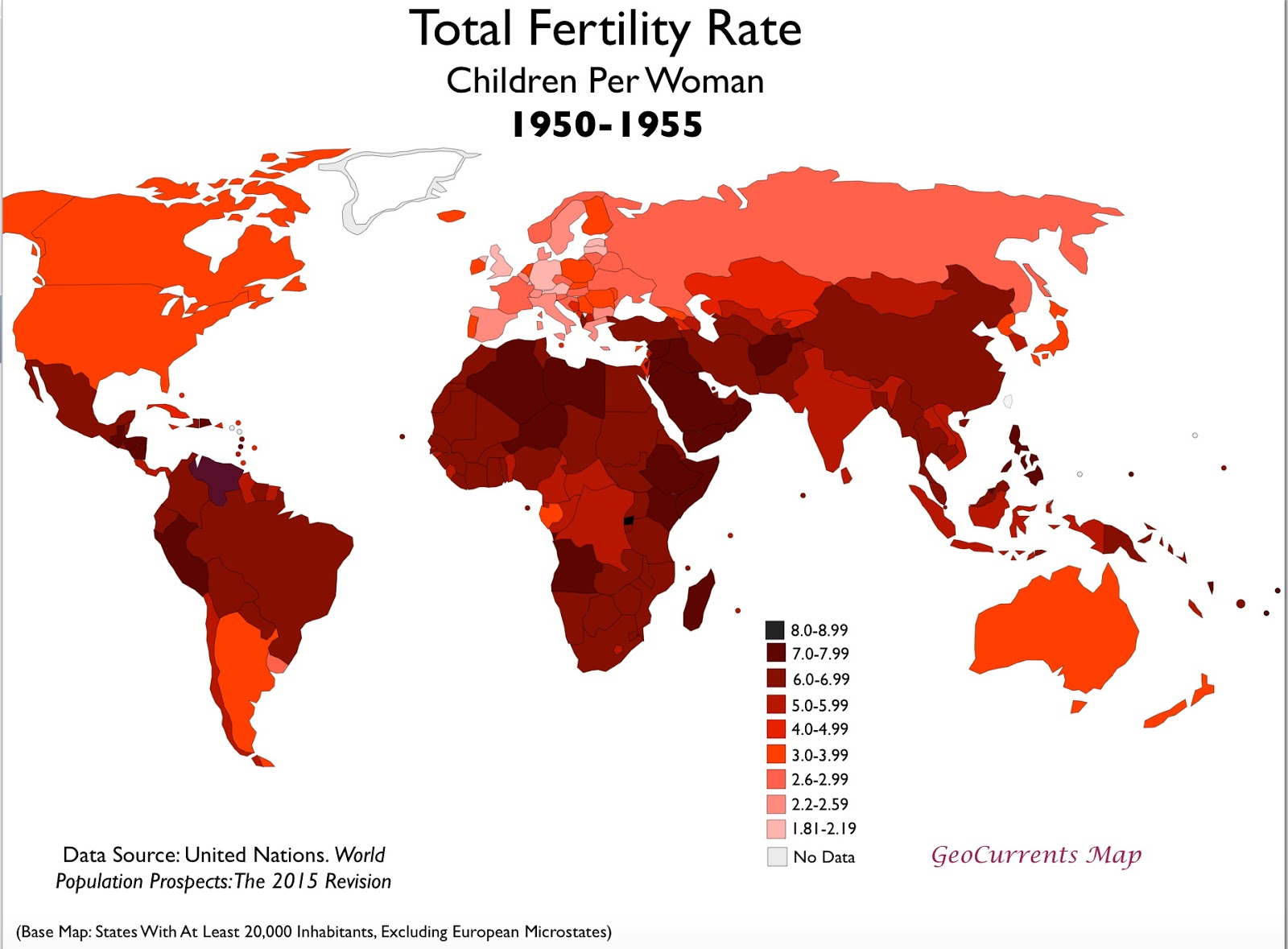






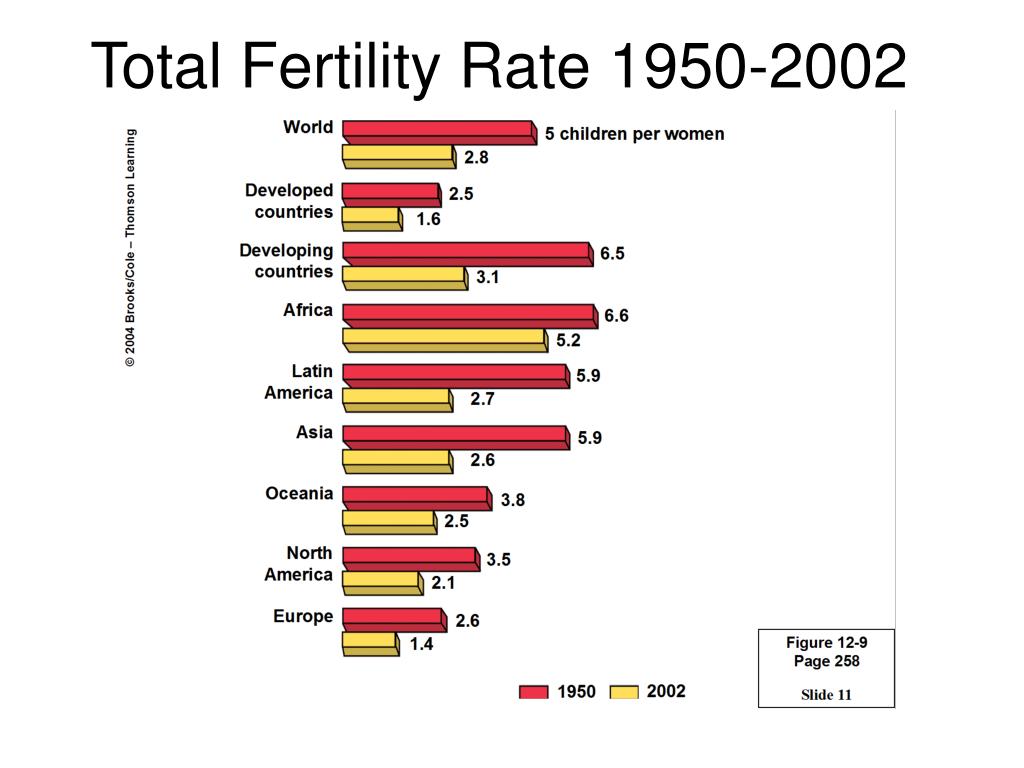



.jpg)

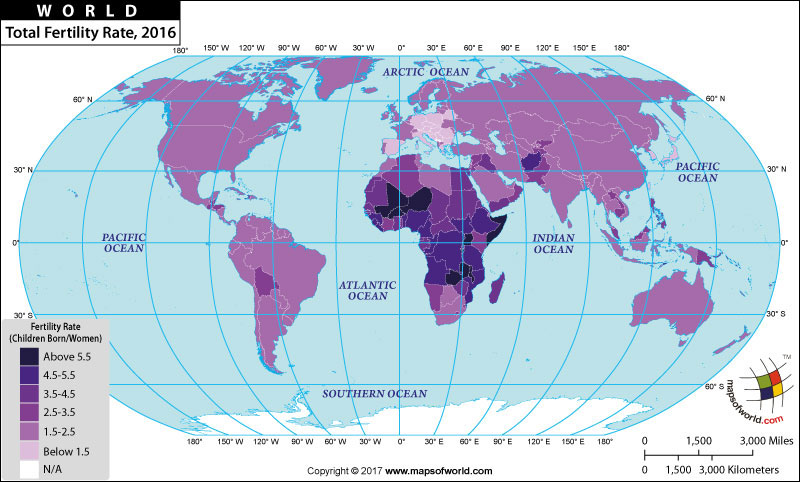


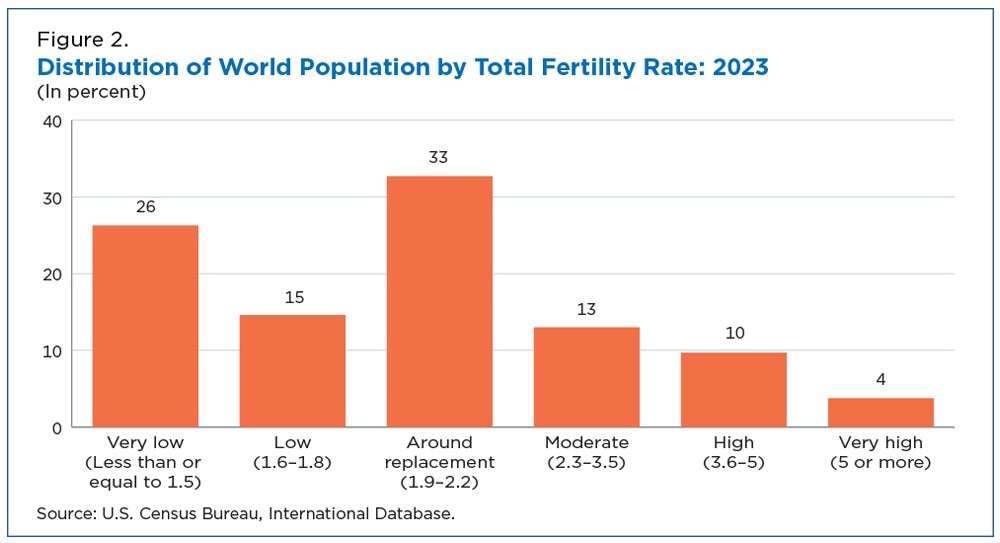
+has+decreased+in.jpg)
